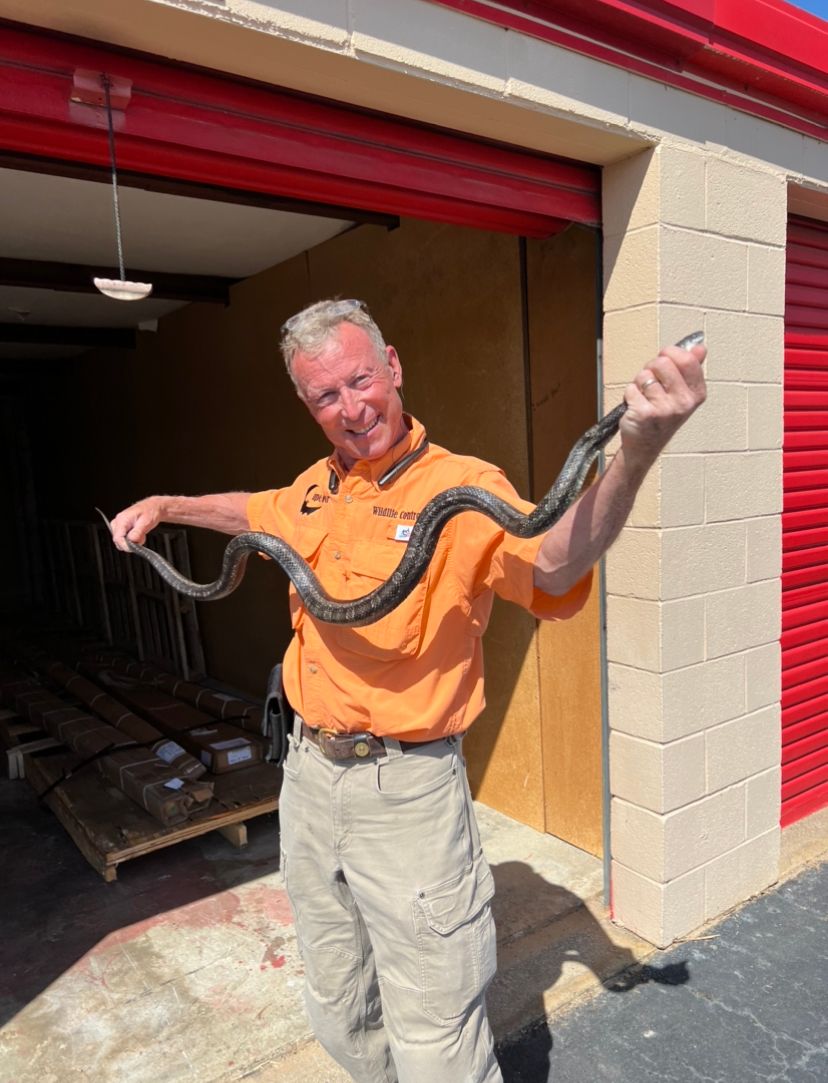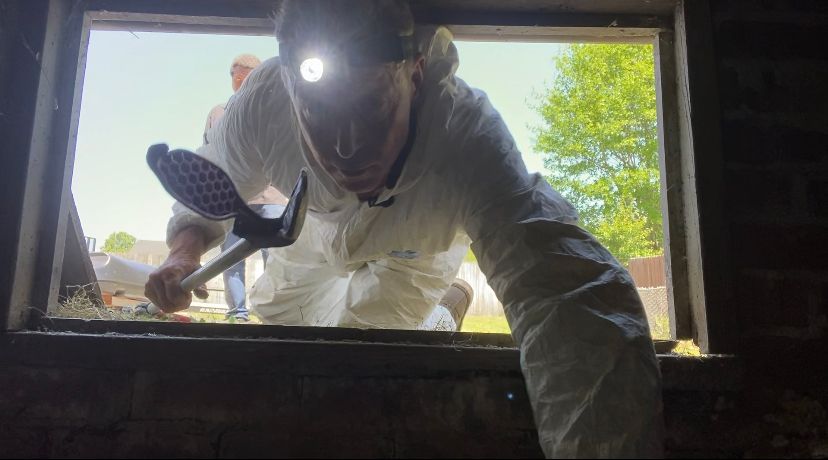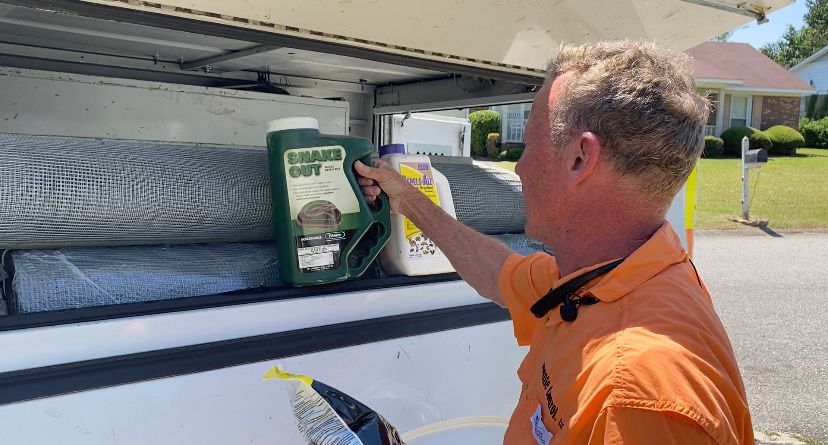COLUMBUS COUNTY, N.C. — The weather is getting warmer, and that means snakes are coming out. Snake sightings typically go up in April and May as snakes make their way out of brumation (a state similar to hibernation) and begin hunting. Sometimes, that can lead to an unwanted guest in your house.
What You Need To Know
Snake sightings are more common in April and May as the weather warms up and snakes make their way out of brumation
Of the many different snakes in North Carolina, only six are venomous: copperhead, cottonmouth, timber rattlesnake, pigmy rattlesnake, eastern diamondback rattlesnake and the eastern coral snake
If a snake is in your house, you should call an expert to safely remove it; if a snake is in your yard, however, you do not need to call anyone — simply give it time and space and it should move along
When most people see a snake, they’re filled with fear, but not Tommy Rains.
“I grew up on a farm in Alabama, and we caught snakes from the time I was 5 or 6 years old,” Rains said. “And I trapped. I caught muskrats and possums, mink and all kinds of critters.”

He took that love for animals and put it toward studying biology and eventually opening his own wildlife control company, Cape Fear Wildlife Control. After 24 years on the job, he knows what warm weather means in North Carolina.
“I been seeing them every year, so it’s kind of terrifying to me,” said John Williams, a Cumberland County resident who has had his fair share of snake sightings. “I came outside one day, and there was this big skin, snake skin. I was petrified. I was like where did he go?”
Rains expects plenty of calls like that as the weather warms up.
“They’re moving more, they’re coming out of hibernation and they’re hungry,” Rains said. “So they’re traveling further to look for food, so that’s generally why you see more activity in the spring.”

While they may look intimidating, Rains said that most of the snakes people see in their yards aren’t venomous.
“Most of the snakes around houses and under houses are calls for rat snakes,” Rains, said. “Because they’re the common mouse-eating snake that goes in your home.”
However, there are a few exceptions to the rule. Venomous copperheads are also very common in the Tar Heel state.
Just because those snakes are out there, however, doesn’t mean you have to come face-to-face with one. Using snake repellent and knowing where they like to hang out can make all the difference.

“Copperheads love wood piles. They love a rock wall. They love bales of pine straw with cavities that they can get inside, just make sure you don’t have that around your house,” Rains said. “Make sure there aren’t things they can get under, and make sure you look before you step. If you can see around you about 3 feet, you’ll never be bitten by a copperhead.”
The North Carolina Wildlife Resources Commission says that if a snake is in your home, you should call a wildlife agent to come safely remove the animal. However, the organization does not recommend moving a snake if it is outdoors. Instead, it recommends giving the snake time and space for it to keep moving along as well as creating a space that is less hospitable for them.
You can learn more about the different snakes in North Carolina here.



